This review is taken from PN Review 286, Volume 52 Number 2, November - December 2025.
on Cesare Pavese
Cesare Pavese, Hard Labor, translated by William Arrowsmith (NYRB) $18
Alone among Friends
Most English readers know Cesare Pavese for his prose. There are the series of increasingly refined short novels he wrote throughout the 1940s, reaching a pinnacle with The Moon and the Bonfires; the dialectical Dialogues with Leucò, a collection of ‘imaginary conversations’ (like Walter Savage Landor’s book of the same name) between mythical figures; and then the diaries he kept from 1935 until his death by suicide in 1950, which were published in English in 1961 as The Burning Brand and memorably reviewed by Susan Sontag in Against Interpretation. Yet his first book, published in 1936, was Lavorare Stanca (literally translated ‘working is tiring’), a book of poems. Poetry written by great novelists can be roughly ranged along two different axes: evaluatively, between good (Hardy) and bad (Dickens); and stylistically, between poems that are similar (Lawrence) and distinct (Joyce) in style to the fictional prose. Among anglophone writers, Pavese’s closest analogue is probably Beckett: the poetry is closely related to the prose and forms an important part of a diverse oeuvre’s mountain range, without being its highest peak.
Lavorare Stanca grew out of the leftist intellectual ferment of 1930s Turin. This scene’s presiding spirit was Antonio Gramsci and it included, in Pavese’s generation, the writers Carlo Levi as well as Natalia and Leone Ginzburg. Like these contemporaries, Pavese was briefly sentenced to ‘confino’ (‘confinement’, essentially a kind of house, or village, arrest) in southern Italy for antifascist activities. Yet unlike its direct depiction in Levi’s Christ Stopped at Eboli, the experience of ...
Most English readers know Cesare Pavese for his prose. There are the series of increasingly refined short novels he wrote throughout the 1940s, reaching a pinnacle with The Moon and the Bonfires; the dialectical Dialogues with Leucò, a collection of ‘imaginary conversations’ (like Walter Savage Landor’s book of the same name) between mythical figures; and then the diaries he kept from 1935 until his death by suicide in 1950, which were published in English in 1961 as The Burning Brand and memorably reviewed by Susan Sontag in Against Interpretation. Yet his first book, published in 1936, was Lavorare Stanca (literally translated ‘working is tiring’), a book of poems. Poetry written by great novelists can be roughly ranged along two different axes: evaluatively, between good (Hardy) and bad (Dickens); and stylistically, between poems that are similar (Lawrence) and distinct (Joyce) in style to the fictional prose. Among anglophone writers, Pavese’s closest analogue is probably Beckett: the poetry is closely related to the prose and forms an important part of a diverse oeuvre’s mountain range, without being its highest peak.
Lavorare Stanca grew out of the leftist intellectual ferment of 1930s Turin. This scene’s presiding spirit was Antonio Gramsci and it included, in Pavese’s generation, the writers Carlo Levi as well as Natalia and Leone Ginzburg. Like these contemporaries, Pavese was briefly sentenced to ‘confino’ (‘confinement’, essentially a kind of house, or village, arrest) in southern Italy for antifascist activities. Yet unlike its direct depiction in Levi’s Christ Stopped at Eboli, the experience of ...
The page you have requested is restricted to subscribers only. Please enter your username and password and click on 'Continue':
If you have forgotten your username and password, please enter the email address you used when you joined. Your login details will then be emailed to the address specified.
If you are not a subscriber and would like to enjoy the 292 issues containing over 11,700 poems, articles, reports, interviews and reviews,
why not subscribe to the website today?
